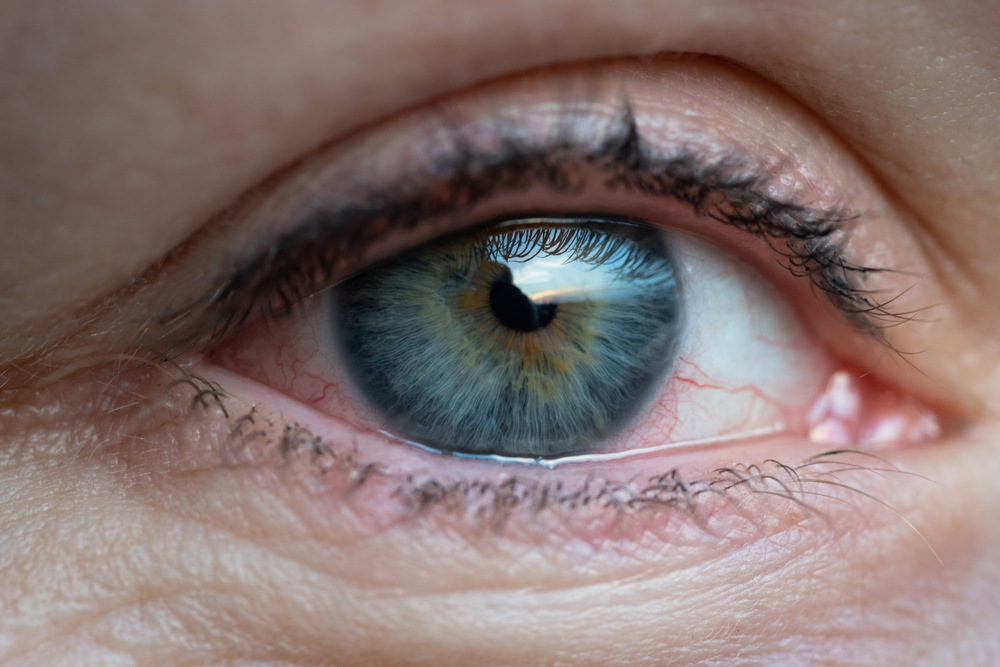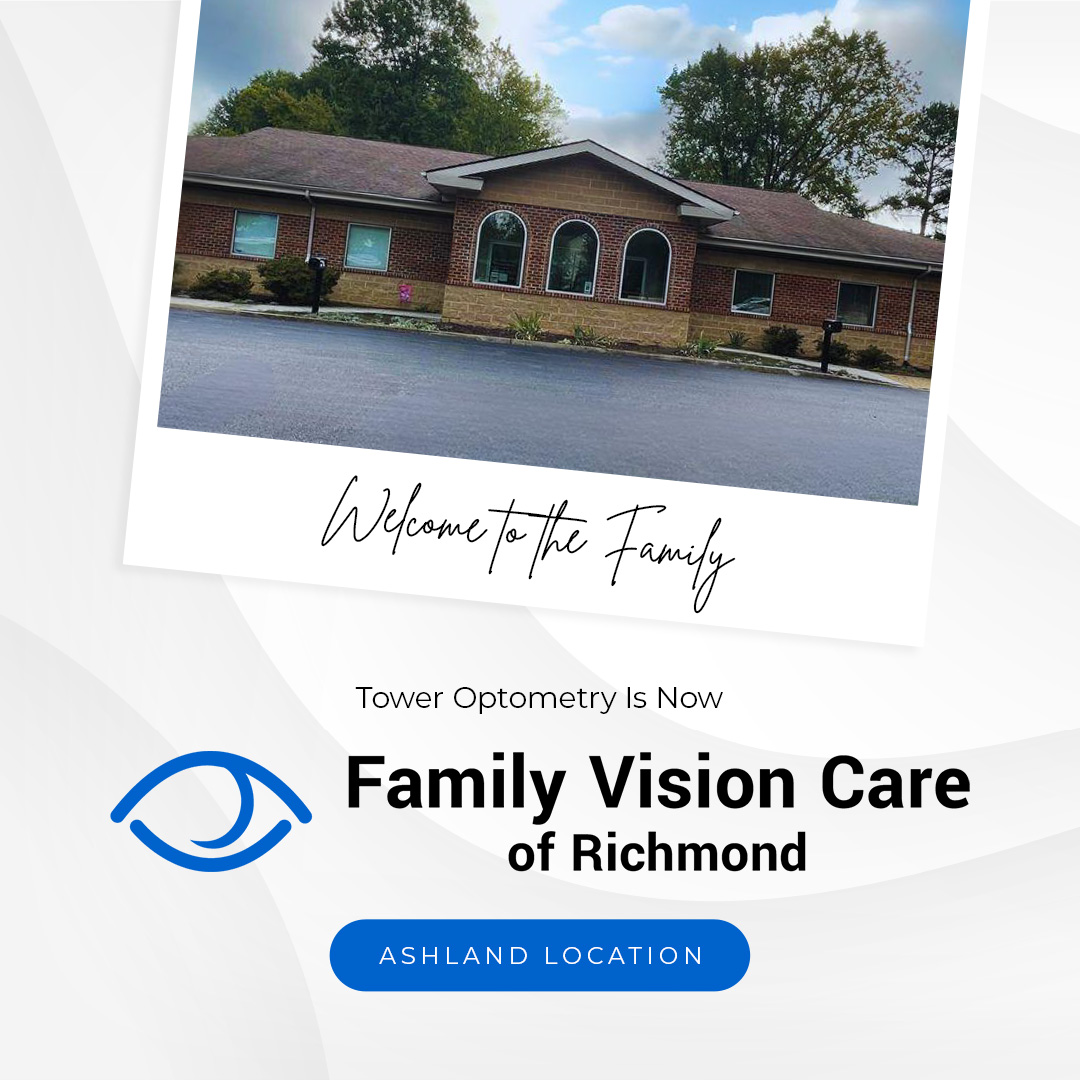
Dry eye is a common and often chronic condition that occurs when your eyes do not produce enough tears or when the tears evaporate too quickly. This can lead to discomfort, vision problems, and even eye damage if left untreated. Dry eye is a complex and multifactorial condition that requires a thorough understanding to manage effectively.
Common Causes of Dry Eye
Two common contributors to dry eye are meibomian gland dysfunction (MGD) and blepharitis. Meibomian glands are responsible for producing the oil component of your tears, which helps prevent them from evaporating too quickly. When these glands become blocked or dysfunctional, it can lead to insufficient tear production and dry eye.
Blepharitis is a condition characterized by inflammation of the eyelids, which can also disrupt the tear film and contribute to dry eye. Addressing these underlying issues is crucial for effectively managing dry eye.
Dry eye can also be caused by a variety of other factors, including:
- Age: As you get older, your tear production naturally decreases, making you more susceptible to dry eye.
- Gender: Women, especially those going through menopause, are more likely to develop dry eye due to hormonal changes.
- Medications: Certain medications, such as antihistamines, decongestants, and antidepressants, can reduce tear production.
- Medical conditions: Conditions like Sjögren's syndrome, rheumatoid arthritis, and thyroid disorders can contribute to dry eye.
- Environmental factors: Factors like low humidity, air conditioning, and prolonged screen time can exacerbate dry eye symptoms.
Understanding the underlying causes of your dry eye is the first step in finding an effective treatment plan.
Recognizing the Symptoms of Dry Eye
Dry eye can manifest in a variety of symptoms, including:
- Persistent feelings of dryness, irritation, or burning in the eyes
- Redness or inflammation of the eyes
- Sensitivity to light or wind
- Blurred vision or difficulty seeing clearly
- Feeling like there is something in your eye
- Excessive tearing
If you experience any of these symptoms, it's important to seek medical attention to determine the underlying cause and receive appropriate treatment.
Advanced Diagnostic Technology for Dry Eye
Diagnosing dry eye can be complex, as the condition can have multiple underlying causes. At Family Vision Care of Richmond, we utilize advanced diagnostic technology to thoroughly evaluate your eyes and create a personalized treatment plan. This includes:
- Tear film analysis: We use specialized equipment to measure the quality and quantity of your tears, identifying any imbalances or deficiencies.
- Meibomian gland evaluation: We assess the health and function of your meibomian glands, which play a crucial role in tear production.
- Ocular surface examination: We carefully examine the surface of your eyes for signs of inflammation or damage.
- Tear osmolarity testing: This test measures the concentration of your tears, which can help identify the underlying cause of your dry eye.
By utilizing these advanced diagnostic tools, we can gain a comprehensive understanding of your dry eye condition and develop a targeted treatment plan to address your specific needs.
Personalized Treatment Options for Dry Eye
Once we have a clear understanding of the factors contributing to your dry eye, we can develop a personalized treatment plan to alleviate your symptoms and improve the health of your eyes.
One of the advanced treatments we offer at Family Vision Care of Richmond is Intense Pulsed Light (IPL) therapy. IPL is a non-invasive procedure that uses intense, focused light to target the underlying causes of dry eye, such as meibomian gland dysfunction and blepharitis.
During an IPL treatment, the light energy is directed at the eyelids and surrounding areas, helping to unclog blocked meibomian glands, reduce inflammation, and improve the quality of your tear film. This can lead to significant improvements in dry eye symptoms and overall eye health. IPL therapy is a safe and effective option for many patients, and it can be a valuable component of a comprehensive dry eye treatment plan.
Some additional treatment options we may recommend include:
- Artificial tears and lubricants: These over-the-counter eye drops can provide temporary relief by supplementing your natural tear production.
- Prescription eye drops: Medicated eye drops, such as those containing cyclosporine or lifitegrast, can help reduce inflammation and improve tear production.
- Lid hygiene: Proper eyelid cleaning can help unclog blocked meibomian glands and improve tear quality.
- Dietary supplements: Omega-3 fatty acids and other supplements may help reduce inflammation and improve tear production.
Your personalized treatment plan may involve a combination of these approaches, as well as ongoing monitoring and adjustments to ensure optimal results.
Schedule Your Dry Eye Evaluation with Family Vision Care Today
At Family Vision Care of Richmond, we are committed to providing exceptional care for our patients with dry eye. Our team of experienced optometrists has the expertise and advanced technology necessary to accurately diagnose and effectively treat your dry eye condition.
We take a personalized approach to each patient, working closely with you to understand the unique factors contributing to your dry eye and developing a tailored treatment plan to address your specific needs. Our goal is to help you achieve long-term relief from your dry eye symptoms and improve the overall health and comfort of your eyes.
If you're struggling with the discomfort and vision problems associated with dry eye, schedule an appointment with the team at Family Vision Care of Richmond. We are dedicated to helping you find the relief you need and restoring your eye health. Visit our office in Glen Allen, Virginia, or call (804) 217-9883 to book an appointment and take the first step towards managing your dry eye condition.






